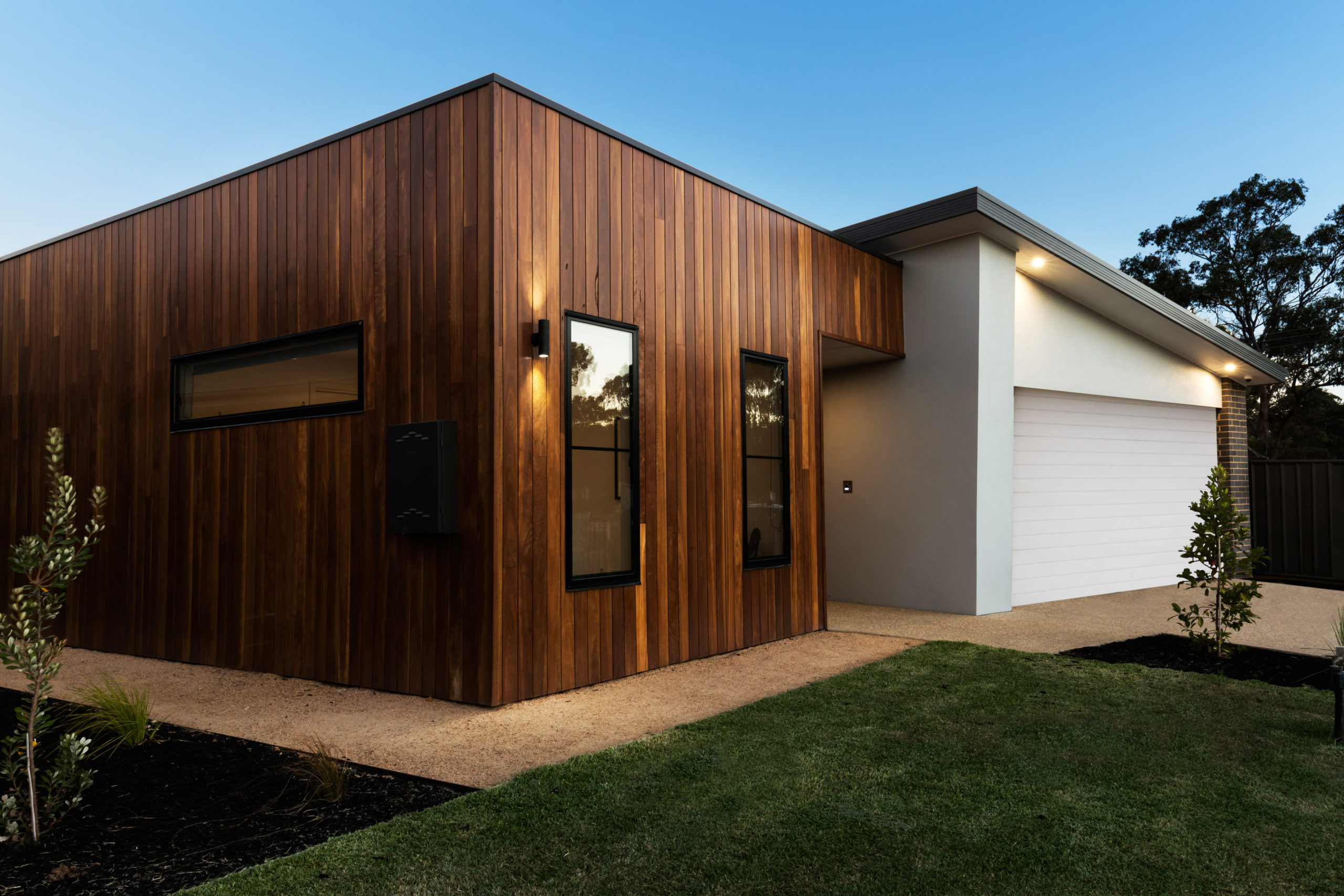Blog
- Details
- Hits: 156
If you are looking to sell your property, then autumn could well be the perfect time for you to sell up and move on.
Yes, spring is often seen as the best time to sell, and that’s undoubtedly true, but we at Warren Powell-Richards also find that autumn proves to be a buoyant time in the property market.
If you were thinking of writing autumn off, stop. Think about it. Autumn could absolutely be the season for you to show your house off to a potential buyer.
Here, we look at some of the reasons why. When you’ve had a read, give us a call on 01428 604016 and we’ll be pleased to help you sell your property this autumn .
- Summer’s out, and Christmas is around the corner
During August, many people’s thoughts are preoccupied with lazing in the summer sunshine, or going away on holiday than they are about selling their home. But once holidays and school breaks are over, and people take a good look around where they are living, they often think about it being the time to move.
When people think about a move, they then look at timescales and realise that they could just about be in their new home by Christmas, giving them time to settle in and get the new place ready for the festivities.
So, it makes perfect sense that autumn is the ideal time to put your house on the market.
- Seasonal scents
Setting the stage for a potential house buyer is crucial in making the right impressions. Remember, you’re not just selling a house, you’re selling a dream or a lifestyle.
That’s why autumn represents an excellent time to sell your house.
The changing colours of the leaves, light drizzle and cooling air make it a perfect time to prepare your home. Imagine someone coming in out of the crisp coldness into a cosy house, with autumn fragrances in the air and a display of cherry and brown leaves, fir cones and berries beautifully arranged on a table. Imagine the warm thoughts they will have if you set your fire on low, with perhaps a couple of table lamps casting shadows in a living room.
You should see autumn as a season of opportunity, knowing that someone will fall in love with your property.
- Remove the stresses, lower the costs
It’s a fact that spring going into summer is traditionally the busiest period for the property sector. This means that all the professional help you need, including conveyancers and removal companies, will be exceptionally busy.
In summer, the market drops off, only to rise again in autumn, but not to the levels seen earlier in the year. This means that you are more likely to get the removal company of your choice and on a date of your choice.
There is some talk that removal businesses lower their prices in autumn to attract customers. This may well be true, so it seems you could reduce your moving costs too – and isn’t that a good thing when you have so much to think about and pay for.
- Attract serious buyers
As we mentioned earlier, it is after the summer lull that people think about moving, and they consider being in their new home before Christmas.
We at Warren Powell-Richards see autumn as the time we see the more serious potential buyers getting in touch. These are the ones who will want to see properties to actually move to – they won’t be the tyre-kickers, just having a nose round to see what’s happening, with no real intention to buy.
After all, you don’t want to waste your time, you want to get moving. When we speak with potential buyers, we always ascertain how serious they are. We can’t always promise, but we do have many years of experience and knowledge so we can get a good feeling for people.
- Stand out
If your property goes on the market in the autumn, it’s more likely to get noticed, compared to the traditional spring influx of properties to the market. This is particularly true when you see how our exceptional photography will show off your home to its best advantage.
We think it’s best to stand out from the crowd, and autumn is the ideal time to do that.
Our team at Warren Powell-Richards are always available to offer advice so, please don’t hesitate to call us, pop in and see us or email us at This email address is being protected from spambots. You need JavaScript enabled to view it.. We will be delighted to offer our words of wisdom on all things property.
- Details
- Hits: 183
If you’re looking to buy a house there are a few things you’ll need to think about before committing. Here we list 10 things to consider before taking the plunge and making a purchase.
- Find Out Your Budget
It’s amazing how many buyers start viewing properties before they’ve even found out what their budget is. Many buyers have a vague idea and start looking well before getting the finance in place, only to find out they can’t borrow as much as they thought.
So, before you start viewing properties and putting in offers, get in touch with a mortgage advisor to find out exactly how much you can borrow.
They’ll also be able to tell you how much your monthly repayments will be, which will allow you to work out how much disposable income you’ll have left each month.
- Have Your Finances in Place… And Factor in Additional Costs
If your money is tied up in long-term funds or accounts then it may not be easy to access immediately, so make sure you give yourself plenty of time to get your funds released, and ideally transfer it into an instant access account when you’re ready to make a purchase.
It will save a lot of potential aggravation further down the line and will help to speed up the process if you have your funds readily available.
Another thing to consider is the additional costs that come with buying a property. Things like conveyancing fees and removal costs are unavoidable, but you’ll also want to think about items you’ll want in the property, such as furniture, electrical appliances, carpets and so on. After all, there’s no point in blowing your budget on a property if you can’t afford to furnish it!
- Find the Right Location
Think about your current circumstances as well as your future ones. Do you need to be close to a train station? Is there a primary school close by?
Different buyers want different things when it comes to location, so think about what’s important to you and what’s not so essential.
- Consider Outside Space
The recent Coronavirus pandemic has changed a lot of people’s attitudes towards what they’re looking for in a property, with gardens being a huge positive for buyers.
You might not consider a garden to be essential, but having an outside space, even if it’s a small courtyard or a communal area can be very beneficial to your mental wellbeing.
- Think About Office Space
It’s not just gardens that have become more important to buyers during the pandemic. With millions of people now having the option to work from home, properties with home offices have seen an increase in demand too.
So, if you’re one of the many people who’ll be spending more time working at home in the future, then a property with a study or the space for at least a desk may be perfect.
- Does the Property Have Potential?
It’s worth considering what value you may be able to add to the property in future, or what a future buyer may see in it.
For example, is there space to add an extra bedroom or a conservatory? And if you’re only planning to own the property for a couple of years before moving on, is it likely to increase in value? Does it have good transport links or new facilities being built nearby for example?
- What Condition Should the Property be in?
Are you looking for a house that’s ready to move into tomorrow, or are you happy to spend time and money bringing it up to scratch?
You’ll need to consider these options when you’re looking around and potentially adjust your budget accordingly.
- Find a Good Conveyancer
You don’t need to have a conveyancer in place before you start viewing properties, but the earlier you find one the smoother the process will be.
Get several quotes and ask family and friends and your estate agent if they can recommend anyone. A good, recommended conveyancer will help to keep the whole buying process as stress-free as possible.
- Understand What’s Included
Try and find out which fixtures and fittings are included as soon as possible in the buying process, as it will allow you to work out if you need to budget for anything extra.
For example, appliances such as fridges, freezers and washing machines will probably not be included as part of the purchase, which could lead to several hundred pounds of additional costs to consider.
- Keep Your Spending in Check Before You Buy
Remember, if you’re taking out a mortgage, your lender will be taking a deep look into your finances. Therefore, it’s a good idea to get them in check before starting the whole process.
Don’t go loading up your credit card with purchases, and if you’re able to pay off debts or make them more manageable, it will go a long way to helping you get approved for a mortgage.
Warren Powell-Richards are your local property experts for the area. Email us at This email address is being protected from spambots. You need JavaScript enabled to view it. or pop into branch to chat with a member of our friendly and experienced team.
- Details
- Hits: 176
Many homebuyers debate whether they should buy a house with a flat roof. While flat roofs can require extra maintenance compared with a traditional pitched roof, there are upsides, too. Modern architecture and design often incorporates flat roofs, and done well, they can look stunning. Older properties though are where you may run into problems!
In this article, we’ll explain some of the main things to consider when viewing an older property with a flat roof, to help you decide if it’s the right purchase for you.
What is a Flat Roof House?
Put simply, a house with a flat roof is a house that has – you guessed it – a flat roof. Homes with flat roofs either have part of the property using a flat roof, like an extension or porch, or the whole building.
Usually, flat roofs are made from materials like fibreglass, known as GRP, felt – known as Modified Bitumen, a rubber membrane – known as EPDM, tar and gravel – known as a Built-Up Flat Roof or BUR, or PVC.
What Do I Need to Know About Buying a House With a Flat Roof?
There are definitely things you should know about buying a house with a flat roof! It’s always good to do your own research and ask your local estate agent for the full details before making a decision. But, we’ve put together a list of the five main things you need to know about flat roof houses.
- Leaking is Possible
As water can pool on the surface of flat roofs during rainfall, this can weaken structures and cause leaks. However, this can be avoided if the flat roof is made from one of the more durable materials such as GRP, BUR, EPDM or PVC, or if you have your roof regularly maintained.
- Insurance Premiums May Be Higher
Because of the added risks, some insurance premiums may be higher for a home with a flat roof compared to a property with a pitched roof. However, prices can vary depending on how much of the property has a flat roof, and what material it’s made from.
- You May Have Mortgage Restrictions
Some mortgage lenders have restrictions about how much of the house can have a flat roof before accepting you, so you’ll need to check with your lender before making an offer.
- Your Buying Market May Be Limited
While there’s a market for everything, some potential buyers may not want to purchase a house with a flat roof. So, you may have a slightly smaller buying market when it comes to selling in the future.
- Maintenance Can Be Expensive
Depending on the material of your flat roof, maintenance can be frequently required and can become expensive over time.
Should You Buy a House With a Flat Roof?
While there may be concerns with flat roof properties, it’s not all bad! As long as you’re prepared to keep an eye on maintenance, a house with a flat roof can still be a lovely place to live.
Particularly as they do have benefits, too, including:
- Some flat roofs can be turned into beautiful balconies
- Repair work is usually cheaper than traditional pitched roof work
- Roof lanterns can be installed, which can significantly boost natural light into the property
- Done well, a flat roof can provide a sleek, modern look
- Flat roofs can be turned into a green roof, which can help with insulation and become an eco-friendly home feature
Get Expert Advice
At Warren Powell-Richards, we are your local property experts. If you’re thinking about buying a property and need advice, our friendly team are happy to help.
Send us an email at This email address is being protected from spambots. You need JavaScript enabled to view it. or pop into branch to start the conversation.
- Details
- Hits: 181
Who would have thought it? A recent survey revealed that men and women look for different things when choosing a new home!
If you’re selling a property it’s unlikely you will have thought about trying to attract one gender over another to view your home. After all, we’re living in the 21st century in an era of gender equality.
However, a recent survey revealed that men and women look for different things when choosing a new home, so it’s worth knowing a little more about what each sex is seeking and how you can present your property in the best light for all!
What Do Men Look For In Properties?
When men look for a new home, their top consideration is location, and, in particular, how close the property is to their place of work. In fact, 35% of men involved in Santander Mortgage’s survey said that the distance between the property and their workplace was their top priority along with the availability of good transport links.
Other considerations high on the list for male buyers include:
- Is an area considered to be “up and coming?”
- Green spaces close by
The survey also revealed that, in general, men are more interested in the features of the property’s neighbourhood rather than the features of the property itself. Males do also focus on facts and figures regarding the property’s location and structure – including the floor space, garden size, and the number of bedrooms.
When it comes to choosing which home to buy, men have their own methodical approach too. They simply keep searching until they find one that has everything on their checklist rather than relying on their gut instincts.
Negotiating a price is also managed differently between men and women, with men being determined to stick to their guns and not compromise on the price they want to pay! Just over 5% of men will pay the asking price for a property, and only a fifth will offer under 90% of the property’s asking price.
What Do Women Look For In Properties?
Women are particularly interested in properties that give them plenty of indoor space. In fact, 31% of female survey respondents answered that space was a top priority for them alongside living in a location close to family members, being near good schools and having their own garden. Women also tend to focus on the features of a home.
Unlike men, women rely on gut instinct when choosing a property to purchase and are more interested in how a place feels rather than whether it ticks everything on a list.
When it comes to negotiation, women are more likely to offer the property’s asking price, with 17% not attempting to negotiate and 90% of women buyers offering no more than 10% under the property’s asking price in an attempt to secure it.
Can There Be Compromises Between What Men And Women Want?
While it appears that women and men have their own priorities when it comes to purchasing a new home, their goal remains the same – to purchase a property that’s fit to live in, close enough to their workplaces to commute, in a decent neighbourhood, and with good schools nearby.
Yet, while these aspects of purchasing a home are deemed to be non-negotiable, it appears that compromises may be made concerning location, outside space, and the property’s overall state of repair.










ALTON | FARNHAM | GODALMING | GRAYSHOTT | HASLEMERE | LONDON